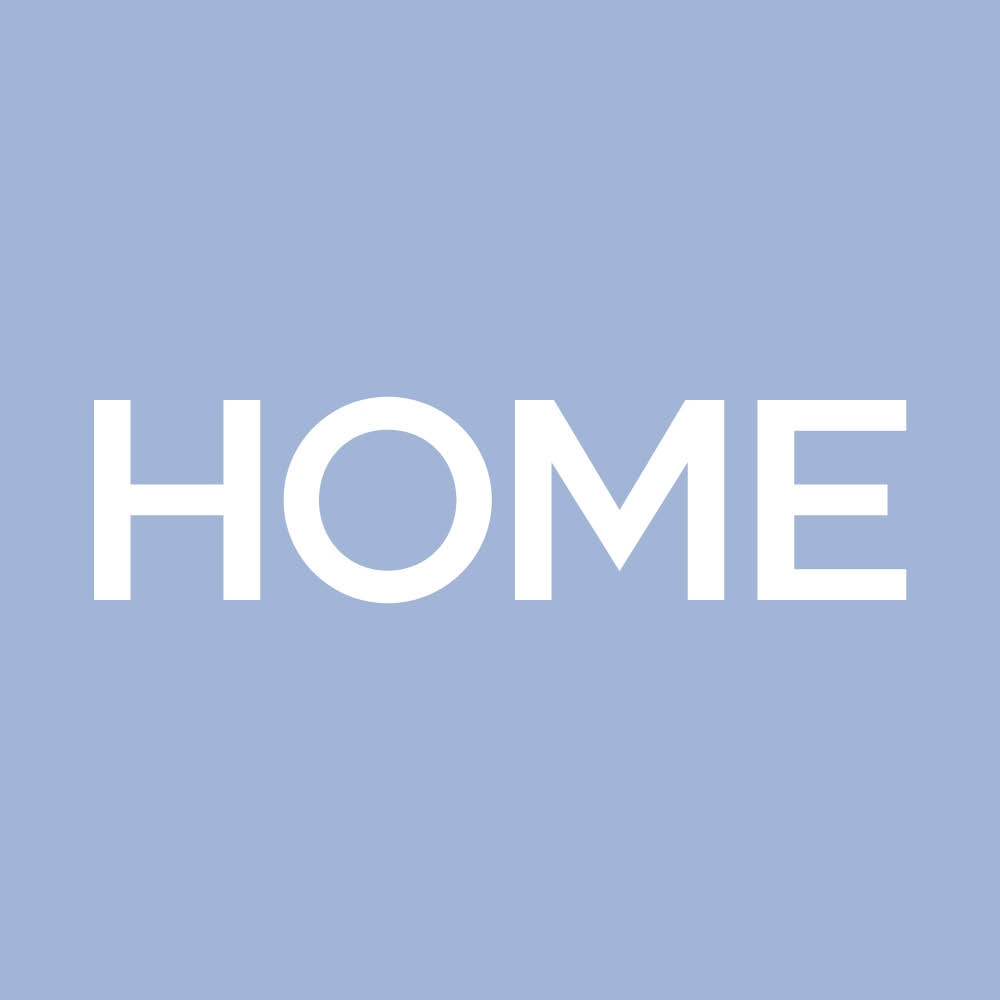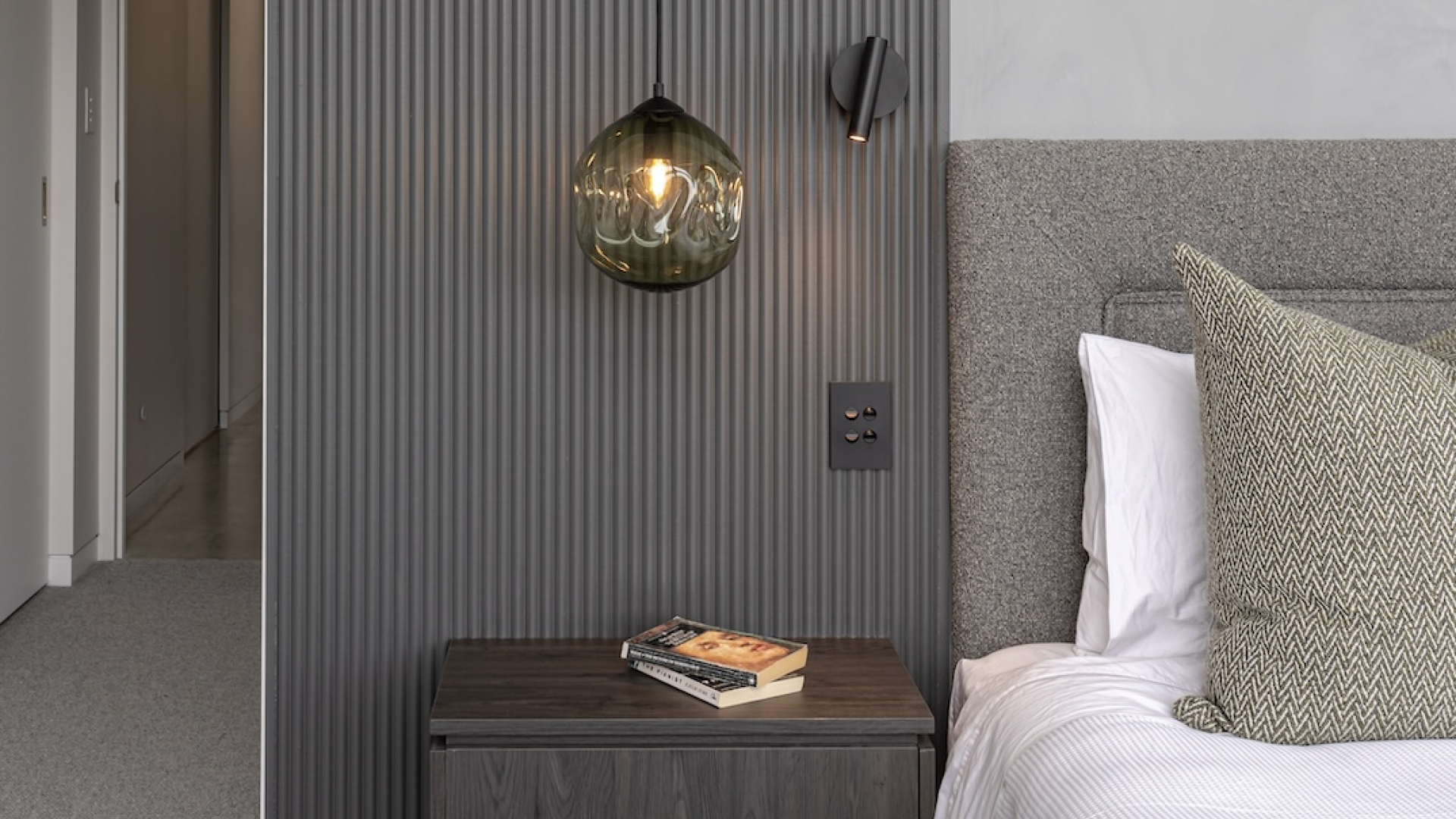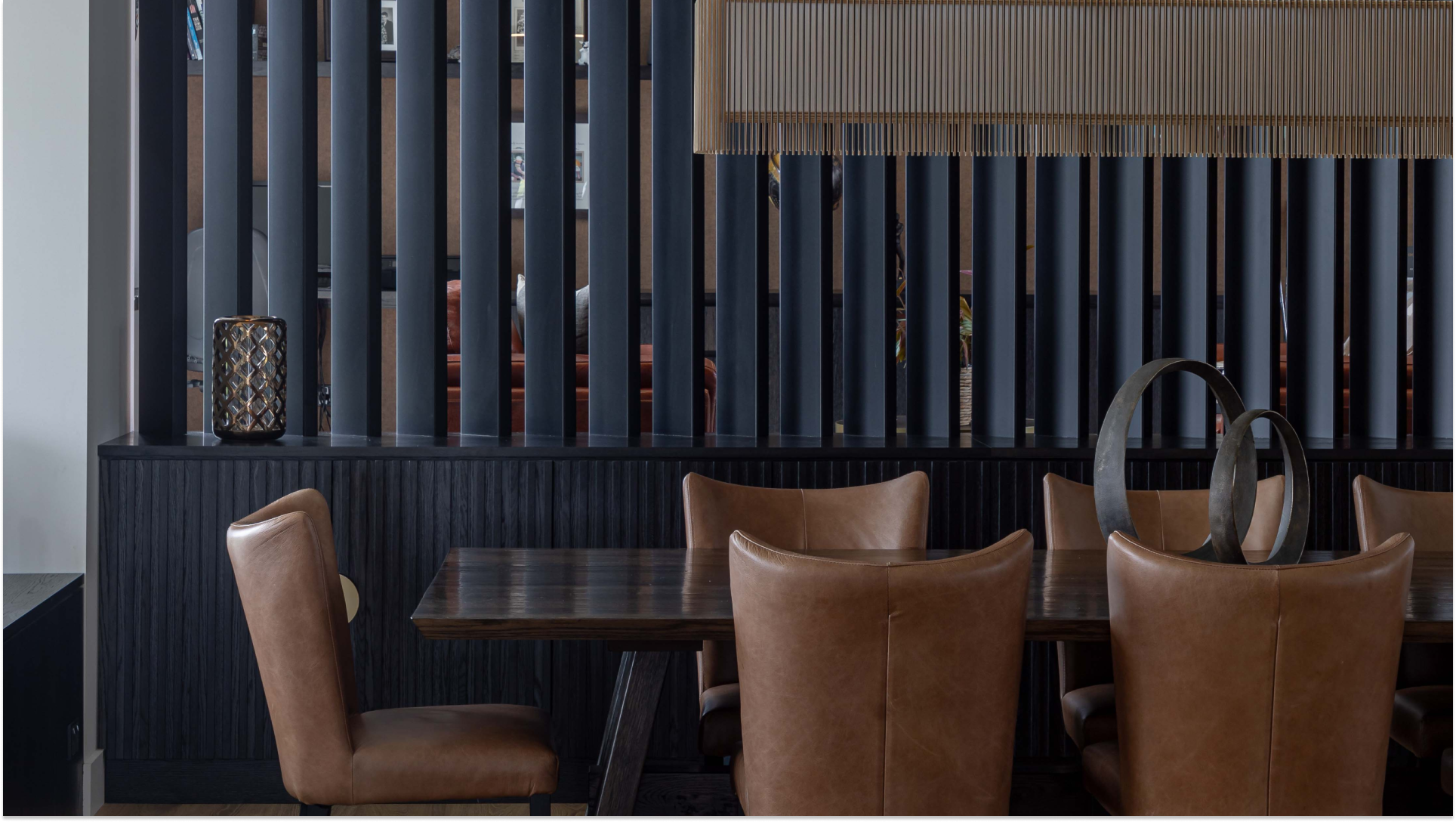Feature article
How to stage a home for sale on a budget
These tips on staging a home for sale will help you rake in the buyers, even in the slowest of real estate markets.
26 June 2024

When it comes to getting the best price when selling, the secret to generating interest in your house is to highlight its strengths and to downplay its weaknesses — thereby ensuring your home appeals to the most buyers.
The following tips on staging a home for sale will help you rake in the buyers, even in the slowest of real estate markets.
First impressions count – start with street appeal
Now, chances are you love your home, but let’s be frank, you want other people to love your home, so providing them with a daggy first impression will not only be uninspiring, it may also have them thinking “discount” — definitely not the reaction you want to instil in a potential buyer.
Start by casting a critical eye over the outside of your home from the moment you pull into the driveway. If the exterior is looking less than stellar then it’s probably time to get the water blaster out to give the sides, eaves, gutters and potentially even the roof a good clean.
Next, could the front door do with a refresh? Think about giving it a new coat of paint, and while you’re at it, replace any blown light bulbs, along with the rusty and/or dented letterbox and the welcome mat that’s not quite so welcoming.
If the budget allows, look at freshening up any garden beds with new plants and mulch. Afterall, if the exterior of your home looks tidy then people will assume the interior is also well cared for and maintained.
The big-ticket items – give the kitchen and bathroom a facelift
We all know that kitchens and bathrooms sell houses. They’re also the two rooms that buyers consider to be the most costly to renovate, so any updates you make to these rooms should more than pay for themselves.
In the kitchen, it’s all about bench space, so pack away the non-essential appliances and generally clear off the clutter. Same for the cupboards and pantry; bin any out-of-date foodstuffs that have accumulated over the years and pare back the crockery items so that the impression is one of spaciousness.
If it’s been a decade or two since the cupboards and splashback were updated, consider repainting/refinishing both or simply changing out the door hardware with something more contemporary.
In the bathroom it’s all about cleanliness. Nothing will turn off a potential buyer faster than a badly presented bathroom, so scrub your bathroom from top to bottom and then scrub it again making sure to remove all signs of mould from grouting and sealants. If you’re *ahem* lucky enough to have an original avocado bathroom suite, now might be the time to have it refinished, a much cheaper option than having it replaced.
Once all the ‘prep work’ is done you can dress your bathroom to create a spa-like feeling with fluffy towels, a nice plant or two, and some scented candles for additional atmosphere. Don’t forget, storage in the bathroom is also paramount, so decluttering is just as important here as it is in the rest of your home.
Create a blank canvas – you want the buyer to see themselves living there
You’ll want to depersonalise your home as much as possible, which means taking down the family portraits in favour of more generalised artworks and removing the kids’ drawings from the fridge. This also applies to the bedrooms, so cut back on as many personal items as possible. Think of it as getting a jump on packing for your own new home.
Meticulous cleaning and a lack of clutter will allow the architectural highlights to shine. Image: John Williams
Similarly, you’ll want to clear the clutter from the living areas to create a real sense of space. You want potential buyers to be able to move freely through your home. Paring back the furniture is also a great way of bringing out your home’s best features, such as fireplaces and/or built-in shelving.
Another benefit to paring back the furniture is that you can rethink its placement. There is a commonly held belief that a room will look bigger if all the furniture is placed on the periphery, but this is not necessarily the case. Repositioning furniture away from the walls and into ‘conversational groups’, thereby creating obvious circulation corridors, will actually make the space seem larger and more user-friendly.
Form and function – making your spaces work for you
In this post-COVID world where people are spending more time working from home and participating in remote learning, having a dedicated workspace is important. If you don’t have an entire room to dedicate to a home office, then make another space do double duty by carving out a nook in a spare bedroom, a corner of the living room or even a closet.
Similarly, storage always ranks high on any buyer’s priority list. Show off yours by decluttering your wardrobes and linen closets. Shoe racks in wardrobes and by the front door will keep shoes under control and inexpensive under-shelf baskets can help demonstrate the versatility of your storage. Straighten out the linen closet and take a leaf out of your grandmother’s book and add a couple of satchels of potpourri so when buyers peek inside, they’ll be greeted by fresh-smelling sheets and towels — some of the old tricks are still the best ones.
Appeal to the senses
While we’re on the subject of pleasant aromas, put potential buyers in the right mood by making sure your home is filled with an agreeable fragrance. More often than not, we don’t notice the subtle — and sometimes not so subtle — odours that come from things such as pets, general mustiness or even lingering odours from last night’s takeaway. Placing fresh, fragrant flowers throughout the house will not only smell good but will go a long way to helping make a positive first impression. In the kitchen, think about placing a scented candle that smells like vanilla or cinnamon, while in the bedrooms and bathrooms plug-in air-fresheners should suffice.
Appeal to the senses. Adding flowers, plants, or a scented candle is always a lovely touch when staging a home for sale. Image: John Williams
Finishing touches – it’s the finer details that count
One of the things that make staged homes look so warm and welcoming is great lighting. To create the right impression, try to incorporate the three types of lighting — ambient, task and accent — into each room.
Create an inviting and serene main bedroom with a well-made bed covered in luxurious linens. Use a solid-colour duvet and add accent colour with throw pillows and extra blankets for that plush look that you see in high-end hotels.
Adding the right accessories to a room can make it more inviting. When it comes to eye-pleasing accessorising, odd numbers — especially groups of three or five — are preferable. Scale is also important, so in your group of three or five be sure to vary height and width, and for maximum effect, group accessories by colour, shape or texture, or by some other unifying element.
By utilising some or all of these tips when staging your home for sale should ensure you position yourself ahead of the competition and will hopefully result in offers from potential buyers.
Enlist the professionals for luxury staging: How much does it cost to stage your home for sale?
If this all sounds like too much, there are countless specialists in the field who will stage your home for you. Home staging in New Zealand generally costs anywhere from around $3,000 depending on the size of the house.
Author
Other articles you might like








